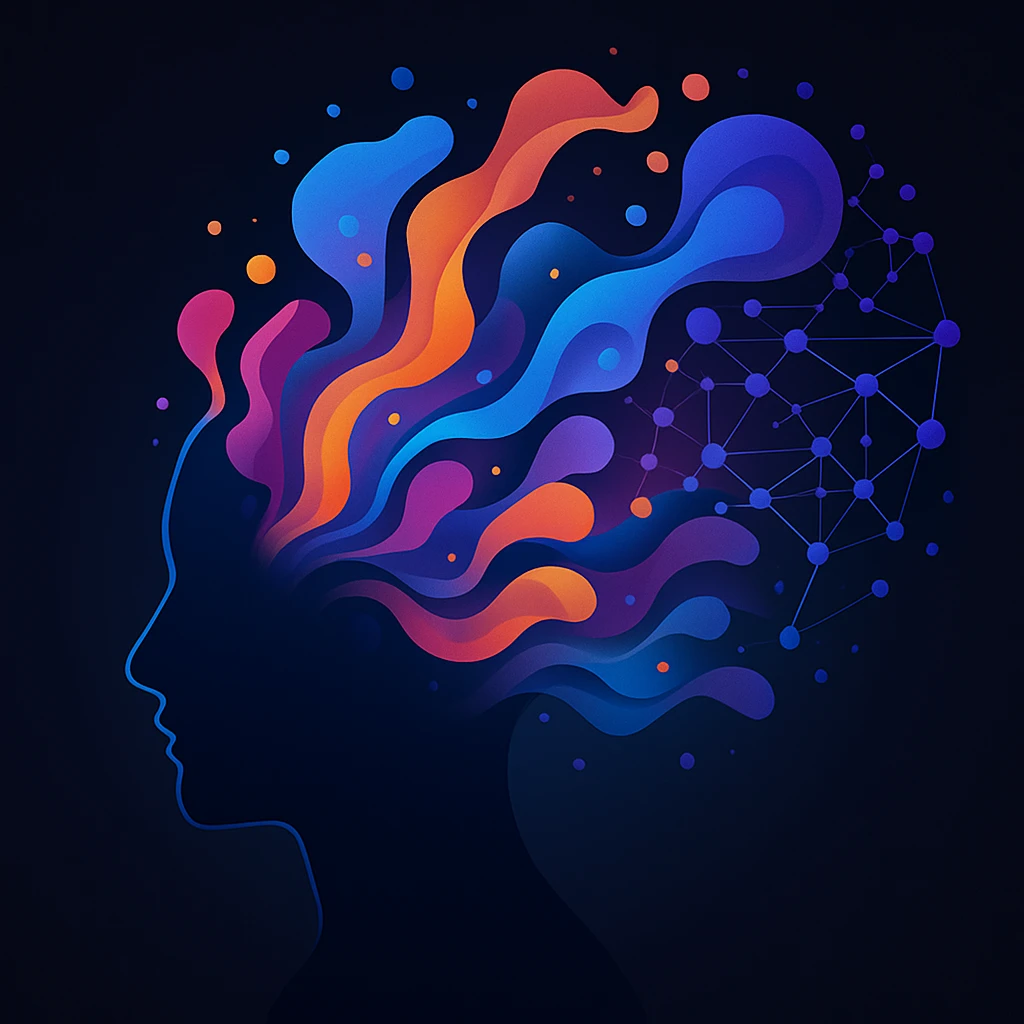
Generative Creativity: From GANs to Diffusion Models
The applications are expansive. Designers use GANs to explore variations on themes and textures, while diffusion models generate concept art from text prompts. Musicians experiment with generative systems to craft novel melodies and timbres. Architects and game developers create landscapes and structures that would be difficult to model by hand. Beyond entertainment, generative models augment scientific discovery by producing synthetic data for training, simulating physical systems and exploring the space of possible molecules.
Yet with power comes responsibility. Synthetic media can be used to spread misinformation or infringe upon artists’ rights. Models trained on biased or copyrighted data may replicate those issues in their outputs. It is crucial to curate training datasets, document model provenance and develop tools to detect and watermark generated content. By pairing creativity with ethical diligence, we can embrace generative AI as a partner in innovation rather than a source of harm.
Back to articles